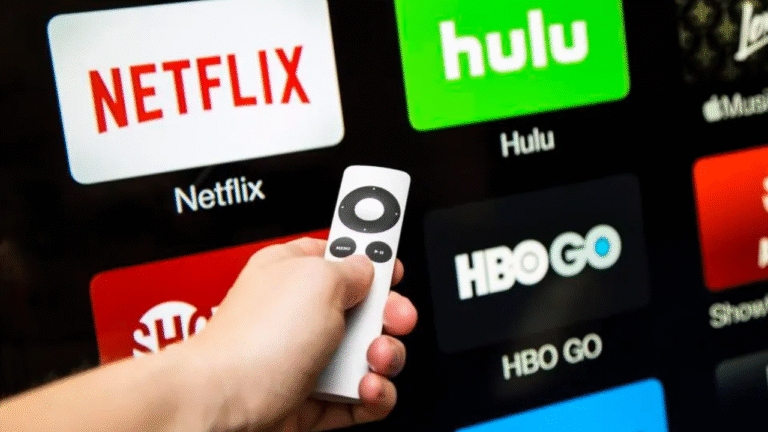Boost Efficiency in Your Practice with AI Clinical Note Tools
You often find yourself spending way too much time typing notes rather than attending to your patients. The late hours filled with documentation and patient charts drain you. The promising landscape of AI clinical note tools offers a change to this scenario as they can listen, learn, and allow you to save time without reducing note quality. Not only will these tools help you make your work faster and more precise, but they will restore some control over your workweek. This is an in-depth look into the functionality of AI tools, how you can use them every day and turn your experience into a pleasant one, and how you can integrate them into your work effectively and ethically.
Automated Transcription & Note Generation
AI tools nowadays have the capability of translating your spoken words into detailed clinical notes while you are interacting with your patients. You are spared from the task of typing during visits or afterwards, as the notes appear automatically. These highly sophisticated systems intelligently utilize templates to summarize crucial information, including a patient’s medical history, assessments, and even the planned care. Many of them effortlessly connect with your electronic health record (EHR) systems, automatically importing lab results and medication data. These AI tools are also great examples to be examined by clinicians who need to learn how to write SOAP notes as they organize information clearly and consistently, therefore, it is easier to follow the standard format. You are still in charge during the conversation, yet the exhausting work is done in seconds. This technology allows you to be fully concentrated on your patients, sparing more time behind the screen.
Time Savings and Burnout Reduction
The enduring pressure of documentation begins long after the last patient leaves your office. The use of AI tools seriously speeds up the completion of your clinical notes, translating into hours saved each week. The absence of late hours or carrying work home causes a significant decrease in your stress levels. Free time can be spent on actual rest, taking care of more patients, or even enjoying proper meals. Recurrent burnout becomes history, and you feel better psychologically, leading you to provide better medical care. Such resources literally balance the scales of your working routine, enabling you to operate cleverly and make no compromises in the quality of your work.
Real-World Adoption & Ambient AI in Action
Doctors across many hospitals and clinics are already implementing AI note tools, and they are experiencing real benefits. Ambient AI technology sits quietly in various well-managed facilities, eavesdropping on consultations and automatically producing comprehensive notes for subsequent examination. Health professionals have reported an increase in the number of patients they can attend to, as well as shorter working hours. Ordinary yet important details are not easily escaping capture, which strengthens the quality of documentation. The practices that have already adopted these technologies have observed better patient relationships and quicker billing. Following their example, you can optimize your work without major disruptions.
Accuracy, Error Management & Ethical Safeguards
While AI tools are indeed great, you have to maintain a certain level of oversight on your notes. There may also be some extra information on the draft notes you have not mentioned, and this can give rise to errors. Before you sign them, it is your duty to ensure that these notes are accurate by reviewing them. Simple policies that notify patients about AI-assisted sessions enhance trust and ensure informed consent. You also need a framework to meet ethical AI use guidelines, such as data protection regulations. Such an approach results in comprehensive and responsible AI use in a professional setup, guaranteeing that no crucial detail or patient trust is overlooked.
Implementation & Best Practices
Before you start the AI journey, think about the areas of your note-taking that take away too much time from you. A smart way to start AI implementation is to try it with only one or two providers, allowing you to learn what works and what doesn’t. It is necessary to train your team to make sure that they know how the operation is done and are able to work accordingly. Monitoring the implementation and examining the response of patients, you will know what is good and what is not. Slow minor scale initiation sets you at the right position to confront difficulties, emerges as a pillar of improved care and also makes the system acceptable and responsibly embraced.
Conclusion
You can break free from the shackles of documentation. AI note tools will allow you an efficient and patient-centric way to do work. Operating these tools with long-range mindfulness allows you to conserve time, be less stressed, but still meet the required standards. By advancing in small stages and monitoring your performance, you set the tone of a collection operation that tangibly balances your work and patient care.






